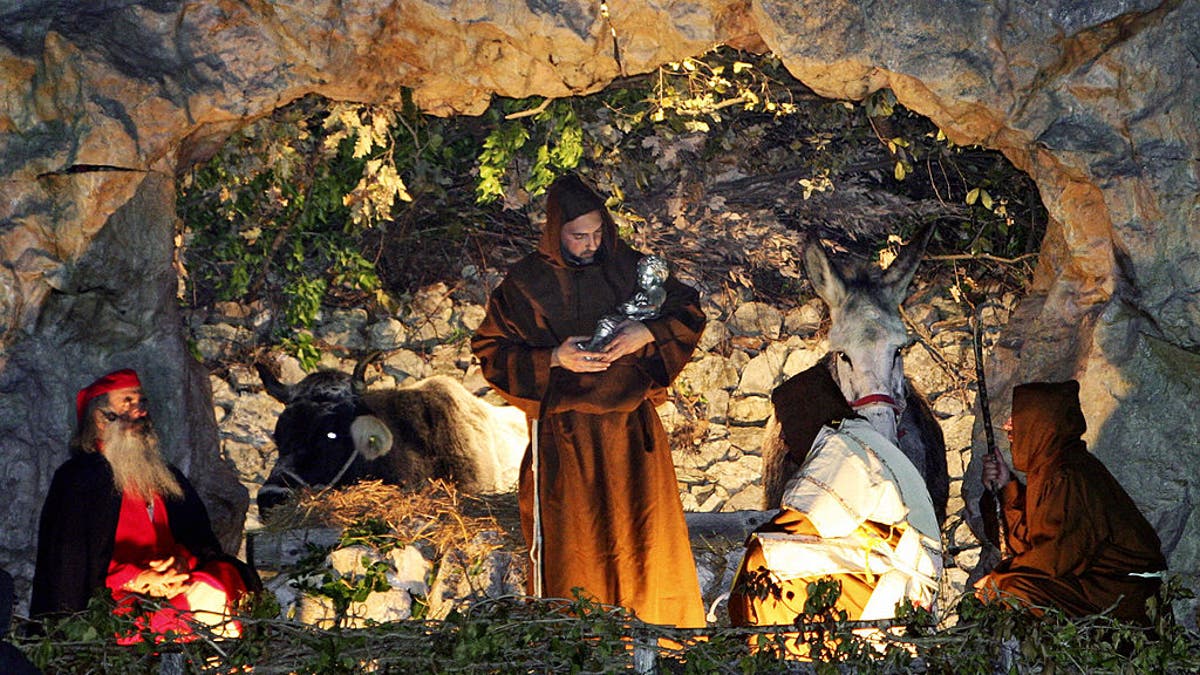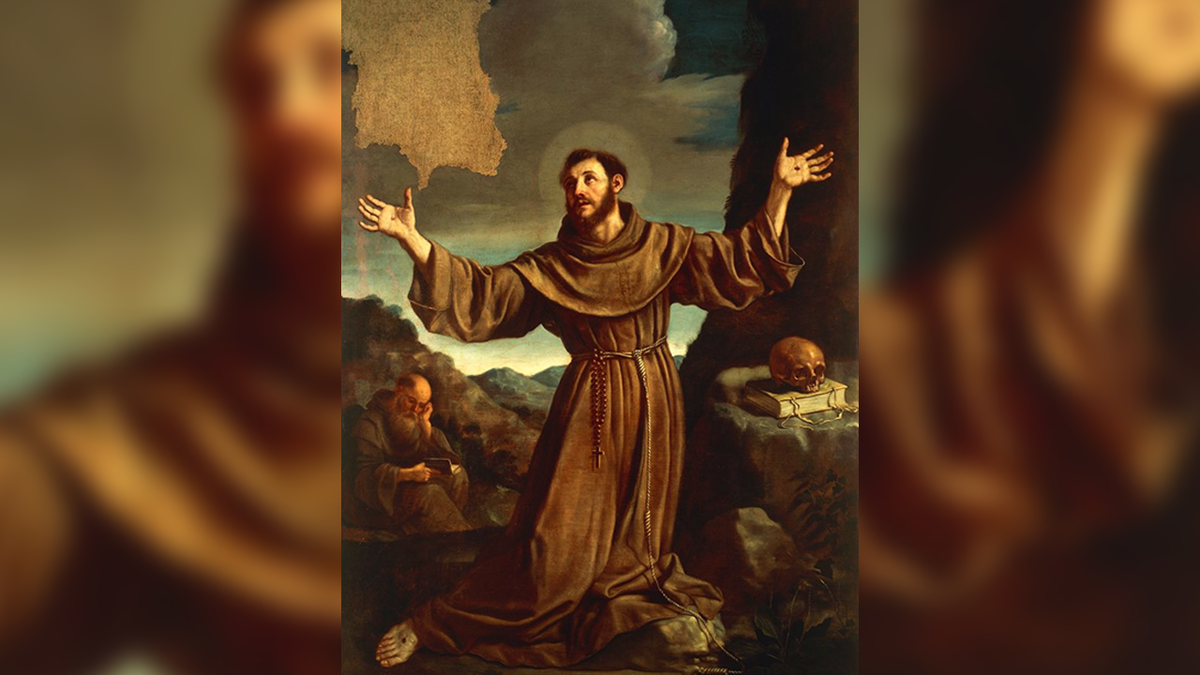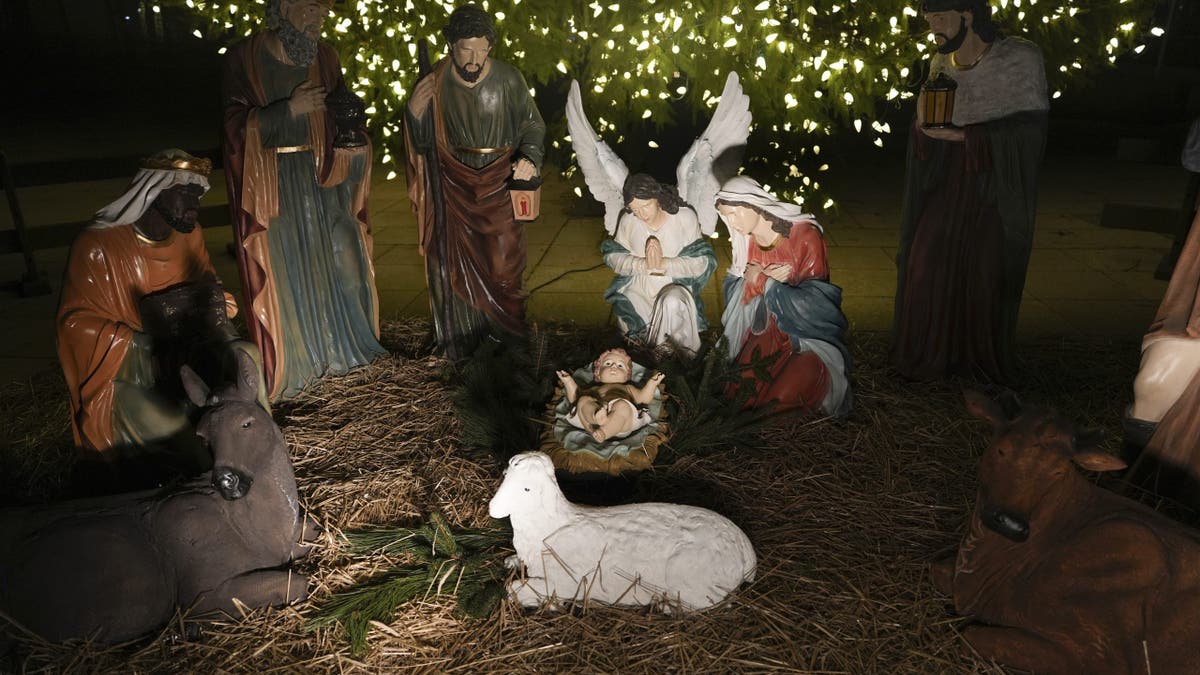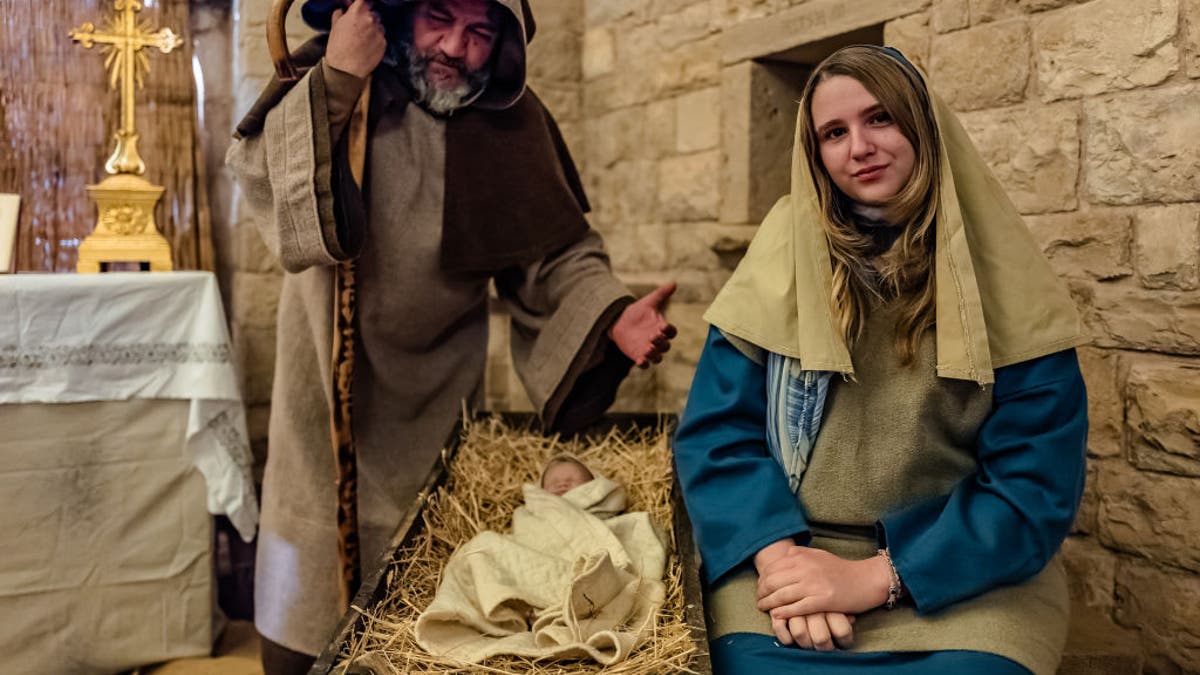The Italian town of Greccio, nestled in the Lazio region, holds a significant place in Christian history as the origin of the living Nativity scene. This tradition began in 1223 with Saint Francis of Assisi, who, inspired by his pilgrimage to Palestine, sought to recreate the Nativity scene in a cave. According to the local tourist association, Pro Loco Greccio, Saint Francis requested a manger, an ox, and a donkey for the depiction. A local legend even claims that during the Holy Mass, the infant Jesus miraculously appeared, and Saint Francis held him in his arms.
This event, occurring on December 24, 1223, marked the beginning of a cherished tradition that continues to this day throughout Italy and beyond. Greccio has earned the moniker "Franciscan Bethlehem" among the faithful. Every year, the town commemorates this historical event with a reenactment of the Nativity scene on Christmas Eve, extending the celebration into January.

The annual reenactment features six actors in historically accurate, hand-sewn costumes, performing tableaux and reciting texts about the life and teachings of Saint Francis. Located approximately 60 miles from Rome, Greccio's living Nativity tradition serves as a powerful reminder of the humble beginnings of Christianity.

The Rev. Patrick Briscoe, a Catholic priest in Washington, D.C., highlighted the 800th anniversary of this tradition last year, emphasizing the importance of visual representations of the Nativity in helping Christians connect with the profound mystery of Christmas. He noted that these depictions allow believers to contemplate the first Christmas and connect with the Holy Land, inspiring prayers for peace. He encouraged individuals to create their own Nativity scenes at home, transforming their houses into their own "Bethlehem" and welcoming Christ during the Christmas season.










